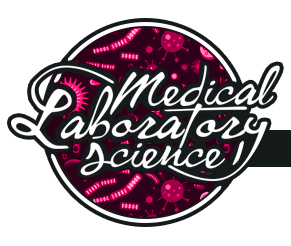|









 |
Introduction to Medical Technology
In the era of modern technology, health care system involves many different personnel and specialties that the caregiver must have an understanding and working knowledge of other professional endeavors, including the role of diagnostic evaluation. Basically, laboratory and diagnostic tests are tools by and of themselves, they are not therapeutic. In conjunction with a pertinent history and physical examination, these tests can confirm a diagnosis or provide valuable information about a patient status and response to therapy. In addition to these, laboratory findings are essential for epidemiological surveillance and research purposes.

Introduction to Medical Laboratory Technology presents the development in the medical laboratory science. It discusses the general laboratory glassware and apparatus. It addresses a more specialized procedure in mechanization, automation, and data processing. The precautions against infection are covered. The storage of chemicals and treatment of accidents. Also describes the collection and reporting of specimens. Medical laboratory science is a complex field embracing a number of different disciplines such as Microbiology, Hematology, Clinical Chemistry, Urinalysis, Immunology, Serology, Histopathology, Immunohematology and Molecular biology and others.

Medical Technologists were first recognized in the Philippines as professionals when its law was enacted in June 21, 1969, signed into law as R.A. 5527 by the late Ferdinand E. Marcos, through the hardships of many PAMET (Philippine Association of Medical Technologists Inc.) officers under the unified banner of Prof. Nardito Moraleta who was then president of the said organization.
|
|



